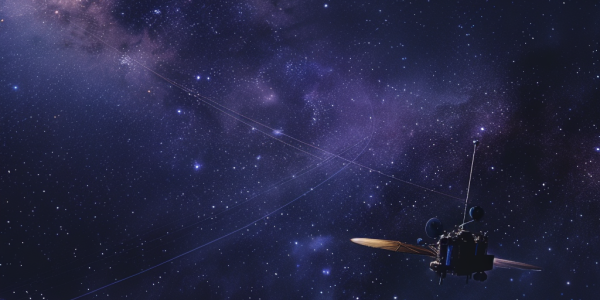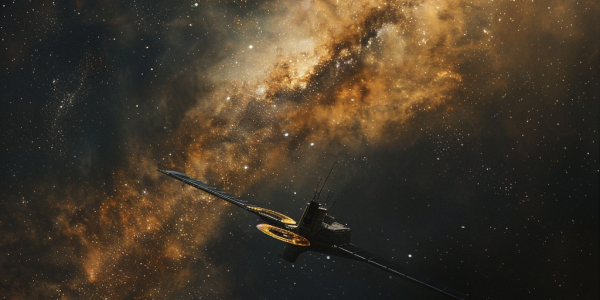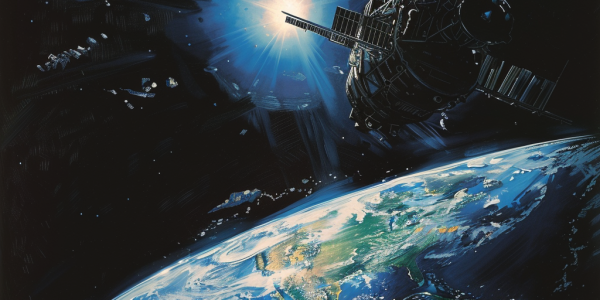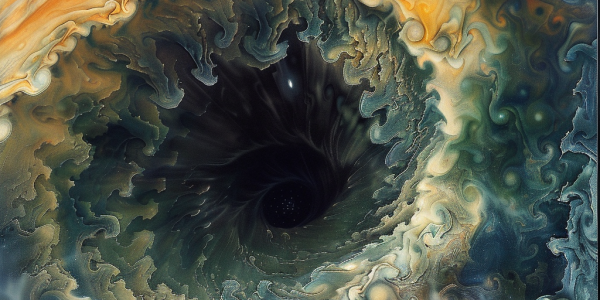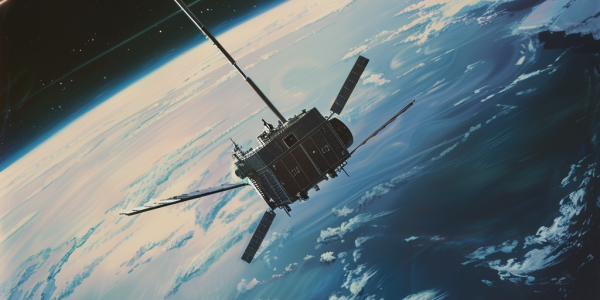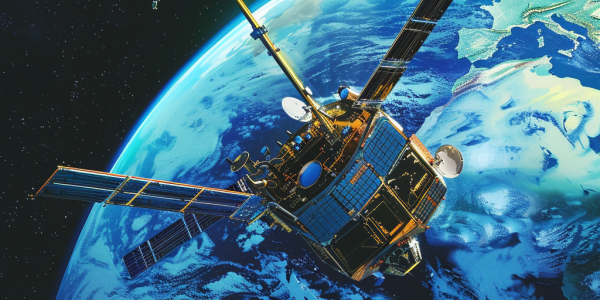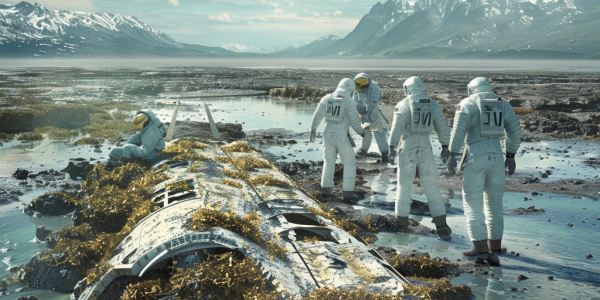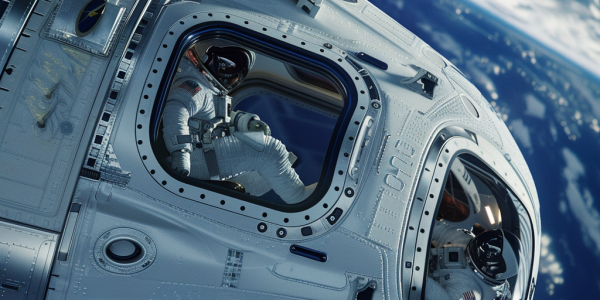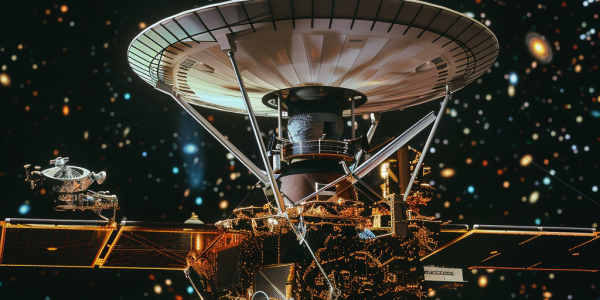NASA Restores Communication with Voyager 1 After Months of Silence
NASA has successfully reestablished communication with Voyager 1, the iconic space probe that has been exploring the cosmos since 1977. After overcoming a significant communication breakdown, engineers are now able to access valuable scientific data as Voyager 1 continues its historic journey through interstellar space. This achievement highlights NASA’s engineering prowess and the ongoing quest for knowledge in space exploration.
NASA’s Voyager 1 Resumes Communication After Month-Long Glitch
NASA’s Voyager 1 spacecraft has resumed communication after a month-long glitch, reactivating its primary X-band transmitter. This historic mission, launched in 1977, continues to send invaluable scientific data from interstellar space, despite challenges from its aging systems and dwindling power supply. The successful troubleshooting highlights the ongoing commitment to exploring the cosmos and advancing our understanding of the universe.
Mystery Surrounds UK’s Oldest Satellite Skynet-1A After Unexplained Orbital Shift
The mysterious relocation of the UK’s oldest satellite, Skynet-1A, raises critical questions about satellite management and space debris. Originally launched in 1969, this defunct satellite has shifted to an unexpected orbit over the Americas, posing potential collision risks with operational satellites. Experts emphasize the importance of transparency and international collaboration in addressing the challenges of space debris and ensuring safe space operations.
NASA’s Juno Captures Mysterious ‘Abyss’ on Jupiter
Discover the stunning Abyss on Jupiter, featured in the Astronomy Picture of the Day on November 3, 2024. Captured by NASA’s Juno spacecraft, this dark cloud phenomenon reveals the complexities of Jupiter’s atmosphere. Learn about its intriguing characteristics and the ongoing Juno mission that continues to unlock the mysteries of our solar system’s largest planet.
Voyager 1 Reestablishes Communication After Blackout, Continues Interstellar Exploration
NASA’s Voyager 1 spacecraft, launched in 1977, has reestablished communication after a technical issue caused a blackout. Now 47 years old and 15 billion miles from Earth, Voyager 1 continues to send valuable data from interstellar space, enhancing our understanding of cosmic rays and the interstellar medium. The recent activation of a backup transmitter showcases the ingenuity of NASA’s engineers as they navigate the challenges of aging technology in deep space exploration.
York Space Systems Achieves Milestone in Satellite Maneuverability for U.S. Defense
York Space Systems has achieved a significant milestone by demonstrating advanced orbit maneuverability with its Tranche 0 satellites, enhancing U.S. national defense capabilities. This breakthrough validates essential technologies for collision avoidance and secure communications, solidifying York’s leadership in aerospace innovation. The successful demonstration marks a pivotal advancement in military operations, showcasing York’s commitment to providing cutting-edge solutions for evolving defense needs.
NISAR Mission Launch Delayed as ISRO Focuses on Upcoming Projects
The NISAR mission, a collaboration between NASA and ISRO, faces delays and will not launch this year due to issues with its antenna. This groundbreaking Earth observation project aims to study critical processes like glacier retreat and seismic activities. Despite this setback, ISRO is set to launch several other missions, including the Gaganyaan program’s unmanned flight and the Spadex mission, demonstrating its commitment to advancing space exploration.
NASA and SpaceX Collaborate to Address Growing Concern of Space Debris
NASA and SpaceX are working together to address the growing issue of space debris, with recent findings indicating that debris from SpaceX missions may not completely burn up upon re-entering Earth’s atmosphere. This poses a heightened risk of surface impacts, highlighting the need for improved debris modeling and mitigation strategies. As SpaceX’s Crew-8 prepares to return from the International Space Station in August, NASA warns of potential additional debris, emphasizing the importance of proactive measures to safeguard against potential risks to human lives and property.
Boeing’s Starliner spacecraft encounters unexpected issues on journey to International Space Station
Boeing’s Starliner spacecraft faces unexpected issues on its journey to the International Space Station, leaving NASA astronauts in a tentative position. Helium leaks and thruster malfunctions have delayed the return of astronauts Suni Williams and Butch Wilmore. Despite setbacks, Boeing and NASA are working to ensure a safe journey back to Earth, highlighting the challenges of the Starliner program and the complexities of manned missions to space.
Voyager 1 Resumes Full Science Operations After Technical Glitch
NASA’s Voyager 1 spacecraft, the farthest human-made object from Earth, has resumed full science operations after a technical glitch. The dedicated team behind Voyager 1 successfully identified and fixed the issue, allowing the spacecraft to transmit clear data from its science instruments located 15 billion miles away in interstellar space. This milestone showcases Voyager 1’s resilience and the ongoing success of its mission, inspiring future generations of space enthusiasts.

